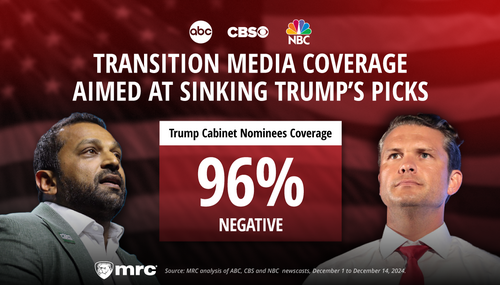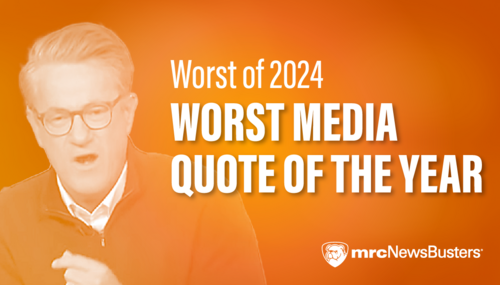 New York Times national security correspondent David Sanger’s “news analysis” on Wednesday’s front page basically took Iran’s side in the fraught geopolitical confrontation over the recent attacks on oil fields in Saudi Arabia, against U.S. President Trump and his “tirades and untruths.” The headline: “In Confronting Iran, Trump May Find the World Is Wary.”
New York Times national security correspondent David Sanger’s “news analysis” on Wednesday’s front page basically took Iran’s side in the fraught geopolitical confrontation over the recent attacks on oil fields in Saudi Arabia, against U.S. President Trump and his “tirades and untruths.” The headline: “In Confronting Iran, Trump May Find the World Is Wary.”
The text box on the jump page made the well-poisoning against the Trump administration explicit: “Tirades and untruths may leave a president with few believers.” The online headline suggested Trump could be lying about the Iranian threat: “Trump’s Challenge: Can His Word on Iran Be Trusted?”
Sanger used Trump’s exaggerations and fibs in his partisan speeches to suggest his word can’t be trusted on Iran (meanwhile, the Times has a history of whitewashing the mendacity of the Iranian regime).
For a president with a loose relationship with the facts and poisonous relationships with allies, the attack on the Saudi oil fields poses a challenge: how to prove the administration’s case that Iran was behind the strike and rally the world to respond.
President Trump must now confront that problem as he struggles with one of the most critical national security decisions of his presidency. Over the next few days or weeks, he will almost certainly face the reality that much of the world -- angry at his tweets, tirades, untruths and accusations -- could be disinclined to believe the arguments advanced by Secretary of State Mike Pompeo and others that Iran bears responsibility for the attack.
If Mr. Trump tries to gather a coalition to impose diplomatic penalties, tighten sanctions to further choke off Iranian oil exports or retaliate with a military or cyberstrike, he may discover that, like President George W. Bush heading into Iraq 16 years ago, he is largely alone.
Already, intelligence officials are hinting, in background conversations, that the evidence implicating Iran is just too delicate to make public. One theory gaining support among American officials is that the cruise missile and drone attack was launched from southwest Iran or in the waters nearby.
Sanger used elite European opinion to shift the blame from Iran to Trump, for having the audacity to abandon the Obama administration's nuclear deal with Iran, which the paper strongly supported.
For Mr. Trump, the suspicions about any American assessment of responsibility will be colored by another problem: European officials blame him, as much as the Iranians, for creating the circumstances that led to the attack.
In their telling, it was Mr. Trump’s decision, soon after he fired Mr. Tillerson, to abandon the 2015 nuclear deal that set in motion the events that culminated in the crippling of the two Saudi oil fields.
For the past 18 months, Mr. Trump has been steadily reimposing sanctions on Iran. At first, the Iranians largely ignored those steps and remained part of the four-year-old agreement that limited Iran’s nuclear ability in return for lifting most sanctions on the country.
But as the administration’s “maximum pressure” campaign took its toll, Iranian officials began breaking out of the accord’s limits -- arguing they would not be bound by an agreement Mr. Trump had abandoned -- and seizing oil tankers.
The European argument is that Mr. Trump has unnecessarily provoked the Iranians....
The paper tried the same attack on Trump in a front-page story in June by Peter Baker, “Trump’s Foggy Truth Meets Fog of War,” which used the controversy over Iran’s culpability in the attack on oil tankers in the Gulf of Oman to attack Trump as a liar who can’t be trusted on military action.




